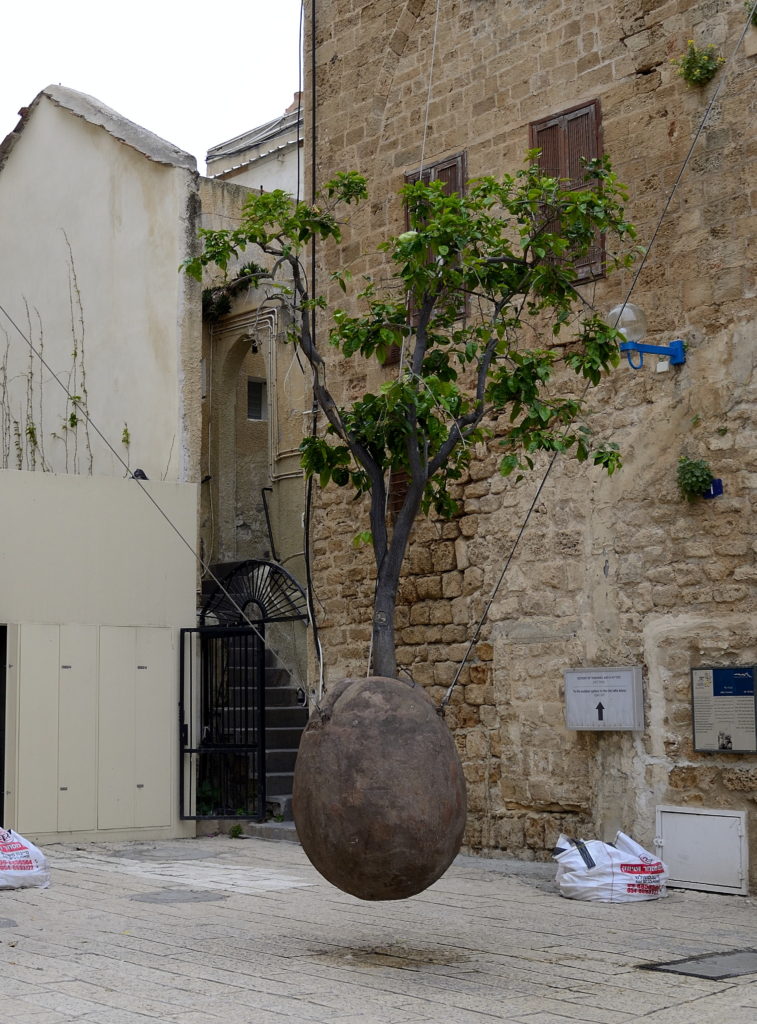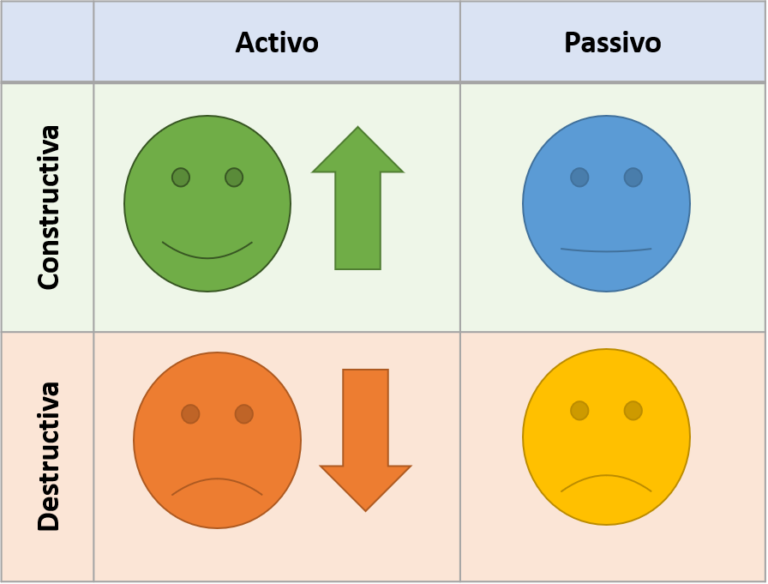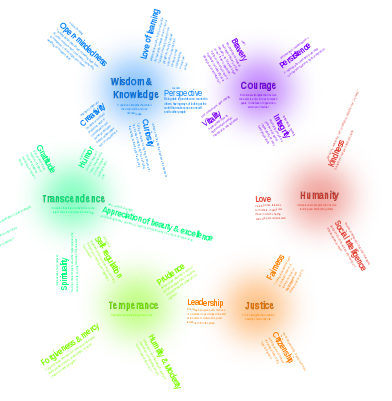Democracy is an old term, one that we have grown to love and respect. But, when are we thought to be democratic? When did we need to agree with others and reach agreements in schools? When are we given the chance as students to make our own decisions?
If your education resembled mine, there were only counted times when we had to make a decision, and it turned to be quite a significant one, such as what university degree to choose. Those decisions were incredibly scary to me, the more when I had not been asked to make my own decisions before.
We visited the Democratic School of Hadera, in Israel, one of the oldest democratic schools in the world. What we found there filled us with joy and hope. When you give children the chance to make their own decisions (such us which class to go to), they commit to them and give their best. Making their own decisions allows them to know themselves better and respecting themselves and others, as they grow their awareness about other people’s choices as well.
I told Agad, one of our guides, 10 years old: “This looks very nice in here, but the world is not so respectful and democratic out there”… her reply: “Maybe is our role to show how to respect one another then”.
Here is what we learned about how the school works. Re-create as much as you can in your school!
PHILOSOPHY. Humans are curious by nature. However, some schools end up killing curiosity and then it is very hard to capture it again. Schools have to protect children curiosity. Teachers have to keep the flame. I asked a teacher how to motivate students: “Here we don’t do that. Just listen and let them explore, kids are naturally curious.”
PARLIAMENT. The parliament is the heart of the school, where all decisions are made on a daily basis. Anyone can bring up a topic for discussion in the parliament and its resolution is agreed by the people present. Students, teachers and parents get an equal vote. The parliament nominates committees to deal with specific subjects, such as recruiting teachers, organize trips, discipline, food in the school… For example, the Visits Committee that welcomed us is leaded by a 12 years old girl and has other 11 members that include teachers.
CLASSES. The students can choose which classes the attend to over the year. They have three tries to make up their mind, but once chosen they have to follow the rules of the class. There are many options for classes to choose from, from the typical Maths and English to more exotic ones, such as yoga. Many classes overlap, which makes it hard for students to choose when they like classes at the same time. Still, they have to make their choice. I asked a 14-year-old student: “why would you choose Maths?” She said: “It’s important for me, my brother told me. I didn’t like them at the beginning by now I love it!”. Children can also open their classes when there is something that they want to share, such as capoeira or computing.
METHODOLOGY. Each teacher sets the rules of their class. While the classes are relatively traditional, there are options for children to choose which didactic method most appropriate to them, for example reading or watching a documentary to learn history. If the student is not engaged by the class, they can look for the best way to learn by themselves. For instance, some students are self-learners and prefer to read or complete online courses outside the class.
REINFORCEMENT. Each teacher has some time allocated to answer questions and provide reinforcement.
MENTORS. Every student chooses as mentor one of the teachers each year, someone to talk about everything and anything, a guide in their learning journey. Each mentor has 18 students to take care of and devotes at least 7 hr/week for mentoring.
TEACHERS’ LEARNING. Once a week the teachers join forces to keep learning themselves, sharing methods, giving feedback and discussing the learnings from the week. And once a year they go on a retreat.
RECRUITMENT. How do your select great teachers? That is teacher’s committee role, including teachers as well as students and parents, as any other committee. They look for flexible, pluralistic, listening and caring teachers. I asked one of the students what is most important trait in a teacher: “To look at you as an equal, with respect, not patronizing”, she answered.

PARENTS. Parents can take a very active role in this school if they choose to by being part of the parliament and committees. Parents and grandparents need to trust the school in guiding the students, and there are situations when this can be difficult though. For instance, it is possible that a child takes longer than usual to start learning to read. However, when they take the decision by themselves to learn it, they tend to catch up fairly quickly with their colleagues as they are self-motivated.
CONFLICT RESOLUTION. Every day there is a conflict resolution session where the conflicts of the day are brought and discussed with the aim to learn from them. There is also a non-violent communication course imparted by a previous student who was violent in the school and is now sharing other ways to relate with each other.
SIZE. There are 600 kids in the school from 4 to 18 years old; and 60 teachers.
Hadera School has visitors every week and their founders and teachers are invited to congresses regularly, where they find people shouting for change. While the government of Israel has encouraged the spreading of democratic schools, admiring its results, it is “illegal” in many countries to set up these types of schools.



